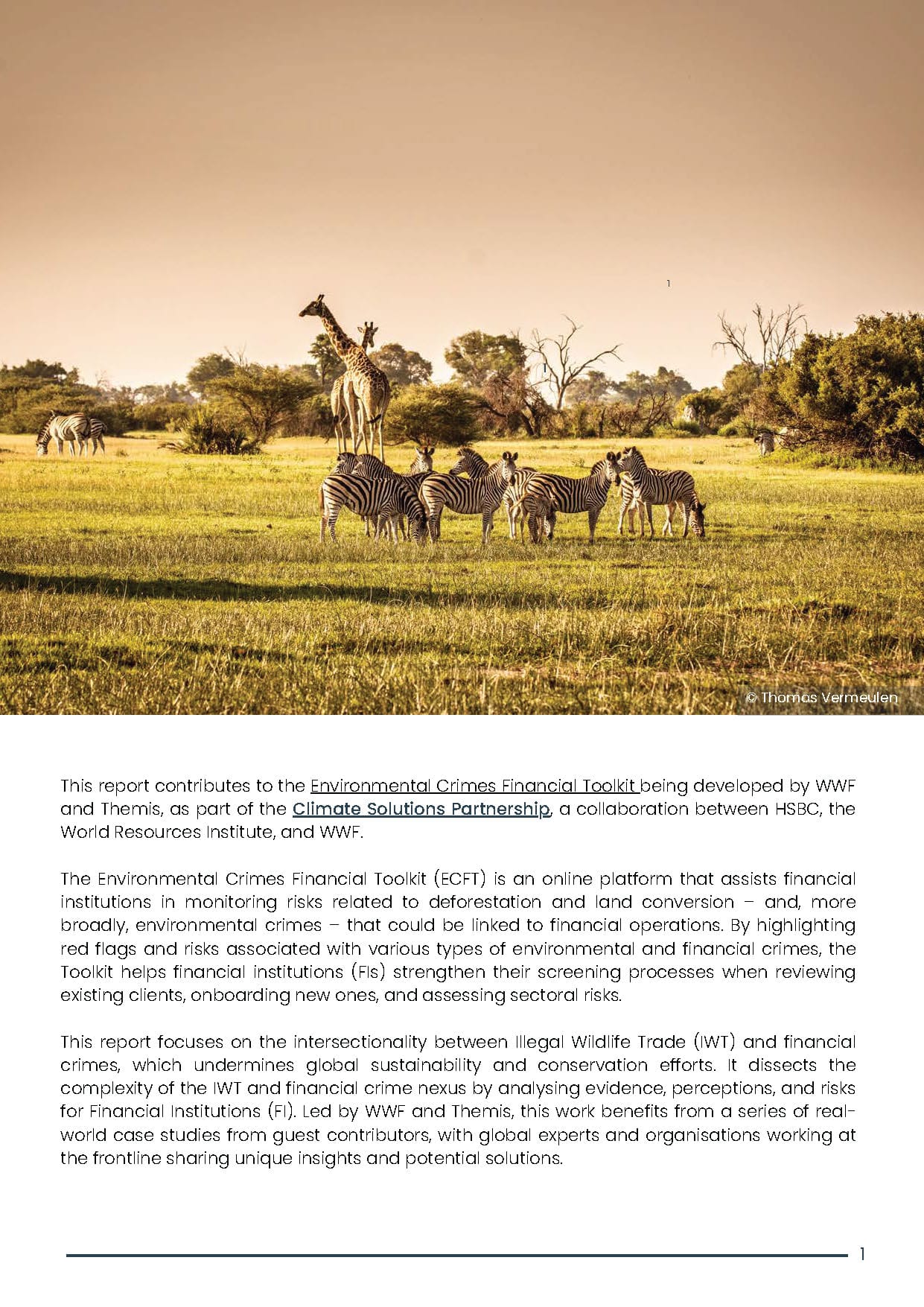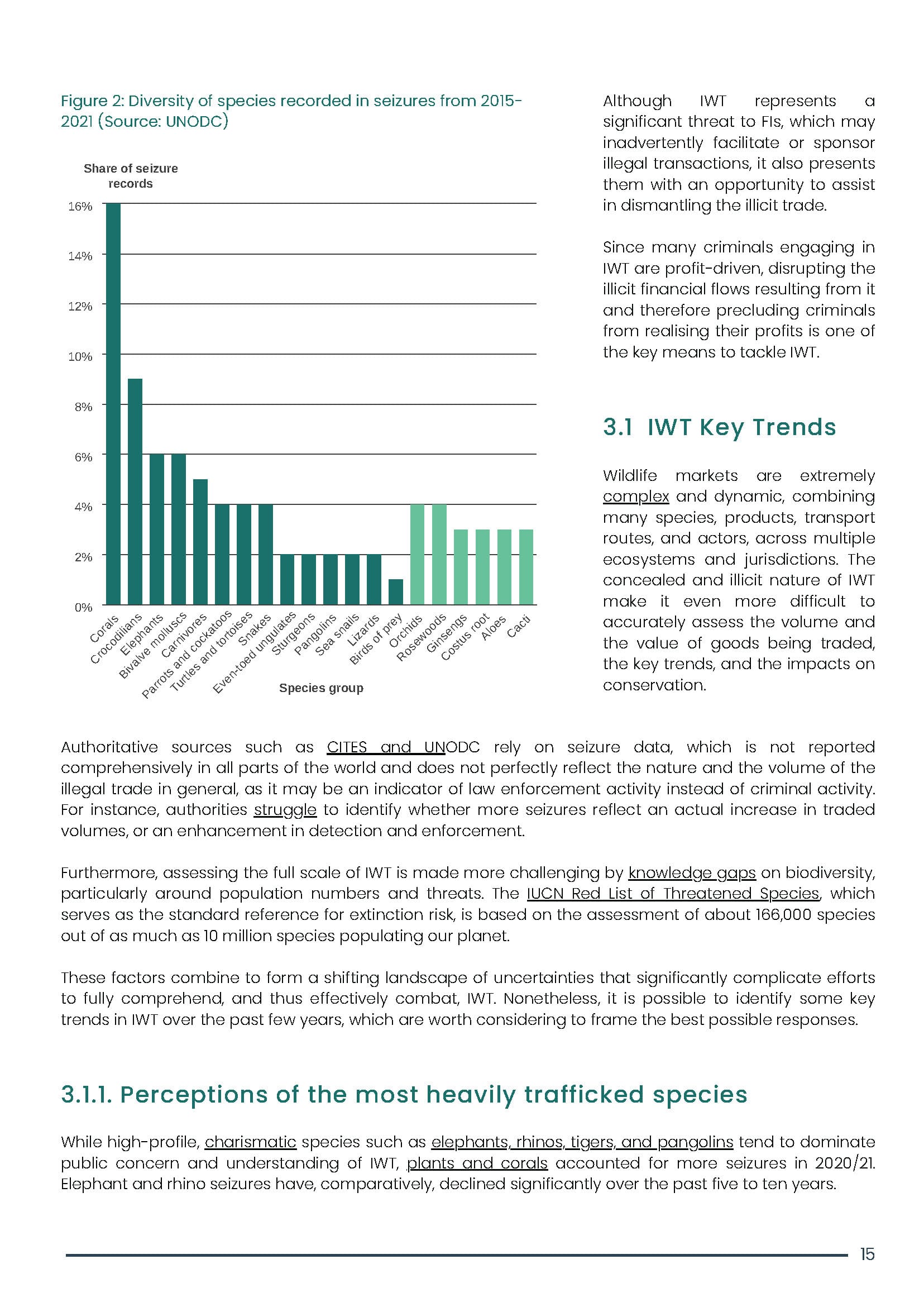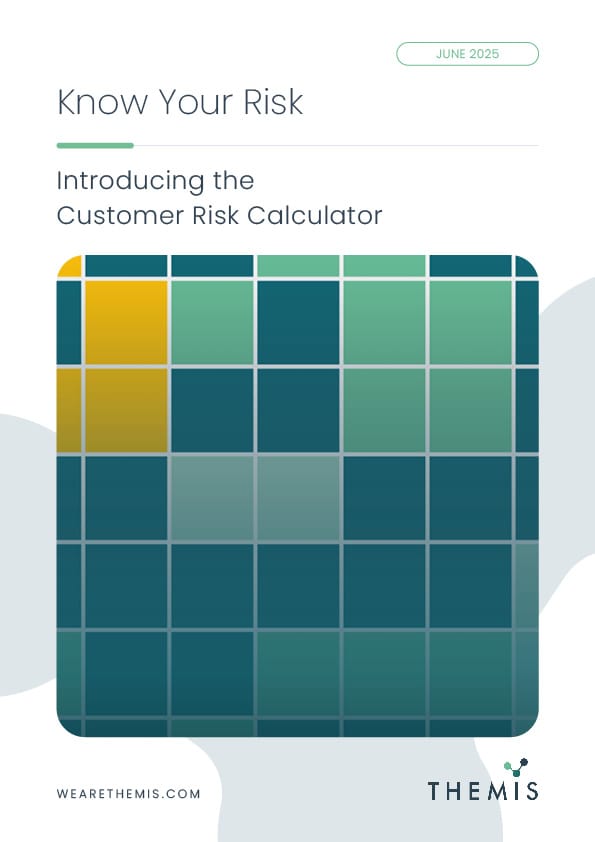
The illegal wildlife trade, valued at approximately US$20 billion annually, is one of the world’s most profitable criminal markets and a growing risk for financial institutions. Impacting over 40,900 protected species and operating across every region—not only biodiverse areas—the trade involves extensive global networks. Between 2015 and 2021, authorities recorded more than 140,000 seizures spanning roughly 4,000 species, with true volumes likely far higher.
Financial institutions are exposed to this crime through a wide range of transactions and markets, with no single species dominating confiscations. While this creates significant regulatory, financial, and reputational risk, it also presents a critical opportunity: by identifying and disrupting the illicit financial flows that enable wildlife trafficking, institutions can help dismantle criminal networks and strengthen their own defences.
Our report, Dissecting the Environmental-Financial Crime Nexus: A Spotlight on the Illegal Wildlife Trade, examines this issue through a financial crime lens, outlining the scale, complexity, and risk implications of the illegal wildlife trade for the global financial sector.












Gain valuable insights with our latest publication. Get your copy now to explore key findings, expert analysis, and practical recommendations that help you stay informed and ahead of the curve.









Lorem ipsum dolor sit amet, consectetur adipiscing elit, sed do eiusmod tempor incididunt ut labore et dolore magna aliqua. Ut enim ad minim veniam, quis nostrud exercitation ullamco laboris nisi ut aliquip ex ea commodo consequat. Duis aute irure dolor in reprehenderit in voluptate velit esse cillum dolore eu fugiat nulla pariatur.
Block quote
Ordered list
Unordered list
Bold text
Emphasis
Superscript
Subscript